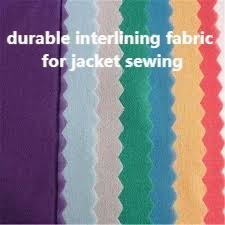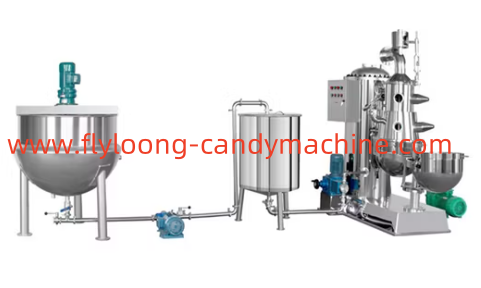Interlining-Factory Presents Interlining Fabric Selection Guide for Outerwear Precision

Choosing the right interlining fabric selection guide for outerwear can make all the difference between a garment that endures the elements and one that loses shape after just a few wears. In this comprehensive interlining fabric selection guide for outerwear, we cover key factors designers and manufacturers must consider to ensure that jackets, coats, and parkas maintain structure, warmth, and comfort over time.
Understanding Performance Requirements
Outerwear demands more than mere support—it must withstand wind, rain, and temperature fluctuations. Start by defining the primary performance goals: thermal insulation, wind resistance, and flexibility. High‑loft support layers enhance warmth, while tighter weaves offer windproofing. Evaluate whether the outer shell fabric is prone to stretching or compression; this will dictate the stiffness and weight of the support fabric needed.
Comparing Woven and Non‑Woven Options
Support layers come in woven, non‑woven, and knit constructions, each suited to different outerwear styles. Woven variants provide crisp structure for tailored coats and blazers. Non‑wovens, bonded mechanically or thermally, offer smooth drape for lightweight jackets. Knit fabrics add stretch—ideal for performance parkas and active outer layers. Consider the desired balance between rigidity and flexibility when selecting the base fabric type.
Evaluating Bonding Methods
Attachment methods affect both production efficiency and garment hand feel. Fusible support fabrics use heat‑activated adhesives to bond in a single pressing step, speeding high‑volume manufacturing. Sew‑in layers eliminate heat exposure—essential for heat‑sensitive shells or eco‑friendly adhesives that require manual stitching. Factor in equipment availability, production volume, and fabric compatibility when choosing between these techniques.
Material Durability and Climate Adaptation
Outerwear interlayers must resist moisture, abrasion, and repeated laundering. Synthetic fibers like polyester blends excel in wet‑weather performance, shedding water and retaining insulating properties. Natural fiber blends, such as cotton‑polyester, offer breathability but may require water‑resistant coatings. Investigate abrasion resistance ratings and perform accelerated aging tests to ensure durability under various climate conditions.
Prototyping, Testing, and Quality Control
Before full production, prototype several fabric combinations and bonding methods. Conduct peel‑strength tests to measure adhesion durability and laundering trials to observe wash‑fastness. Hand‑feel panels ensure that the interlayer remains unobtrusive under the outer shell. Implement visual inspections for adhesive migration and dimensional stability tests to confirm that shape retention meets design specifications.
Selecting the optimal support layer transforms outerwear from ordinary to exceptional, blending form, function, and longevity. By carefully evaluating performance needs, fabric construction, bonding techniques, material durability, and rigorous testing protocols, designers can create outer garments that look sharp and perform reliably. For detailed technical insights and application examples, visit:
https://www.interlining-factory.com/news/what-is-interlining-types-applications-and-more.html







